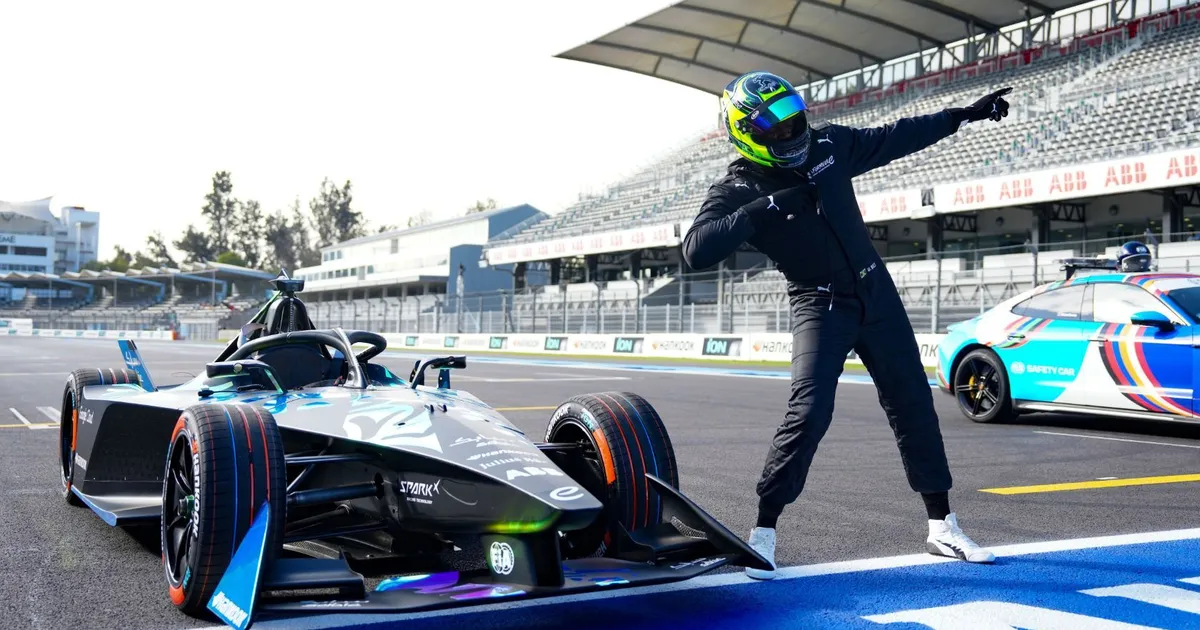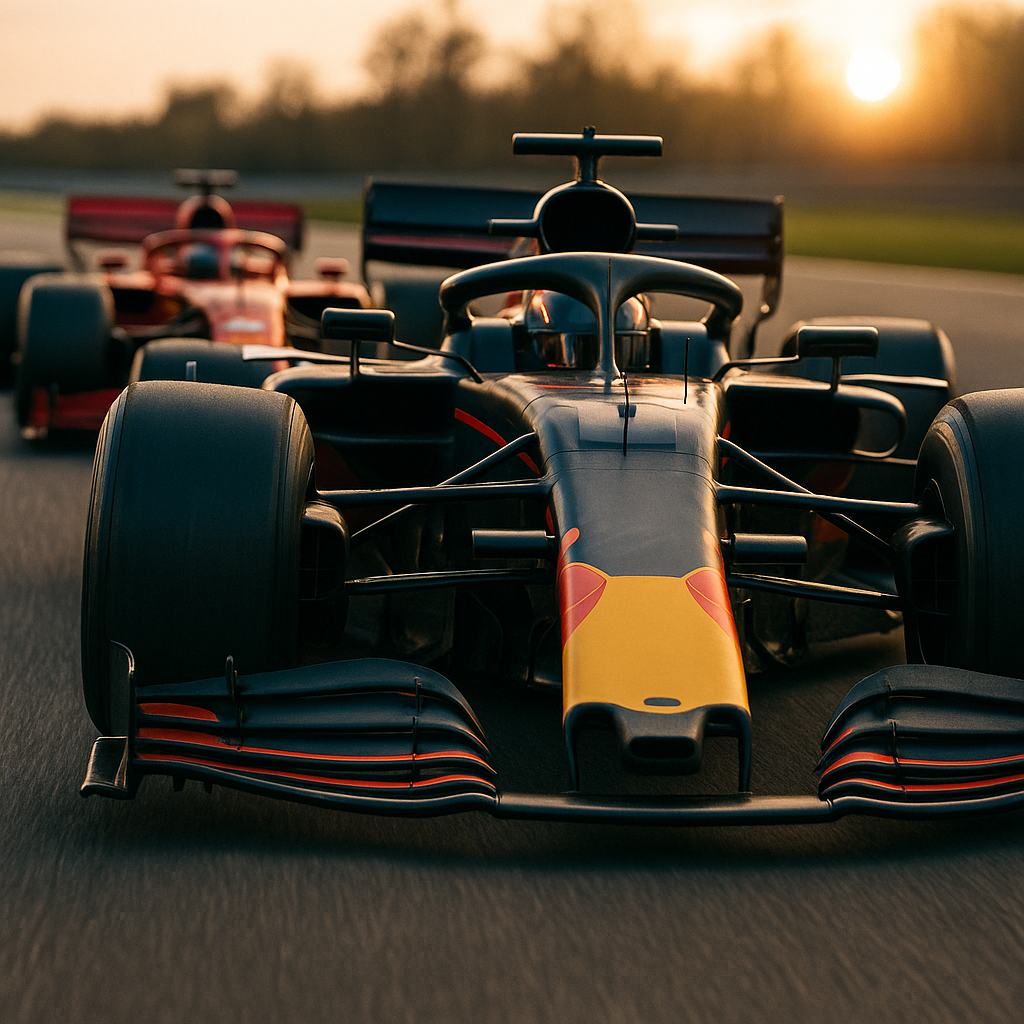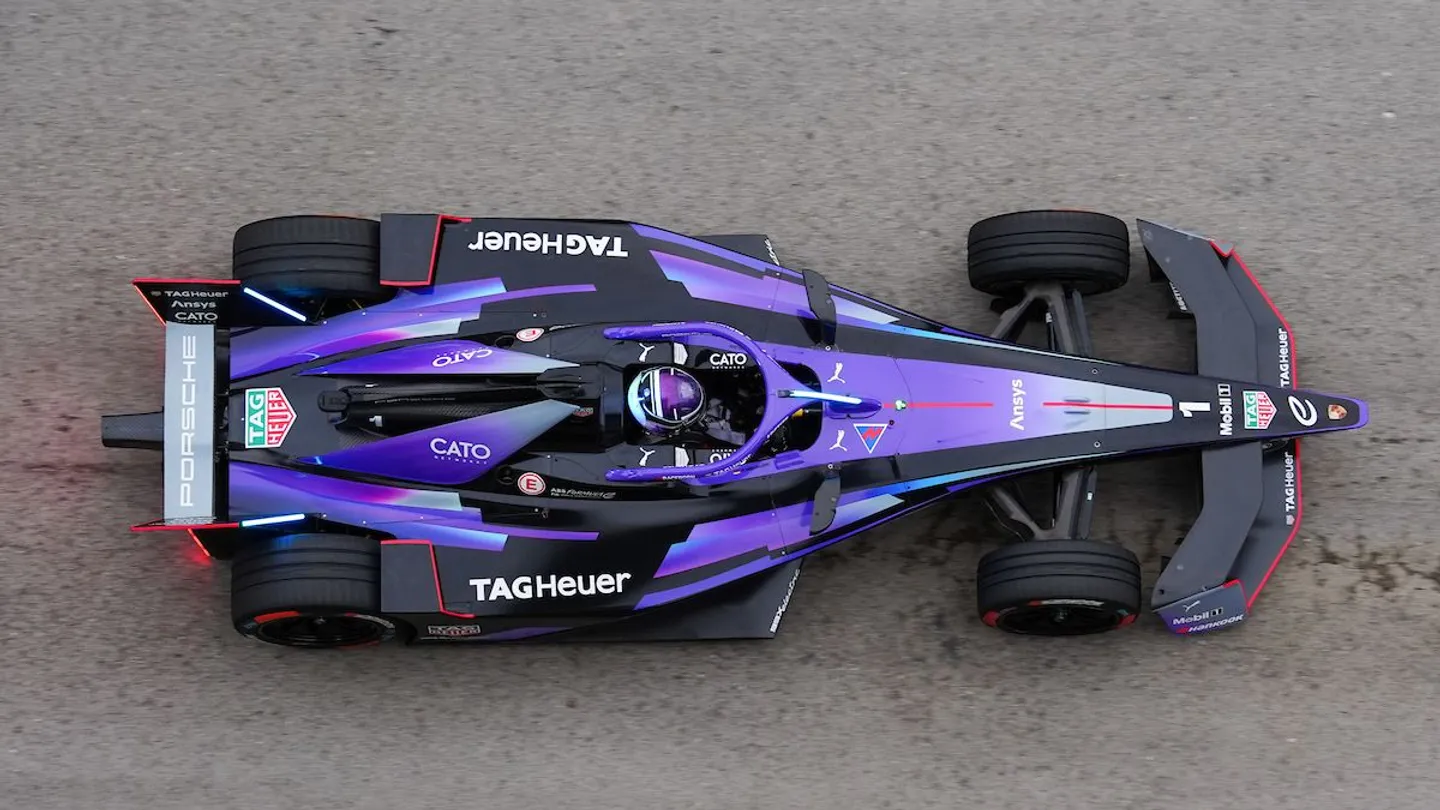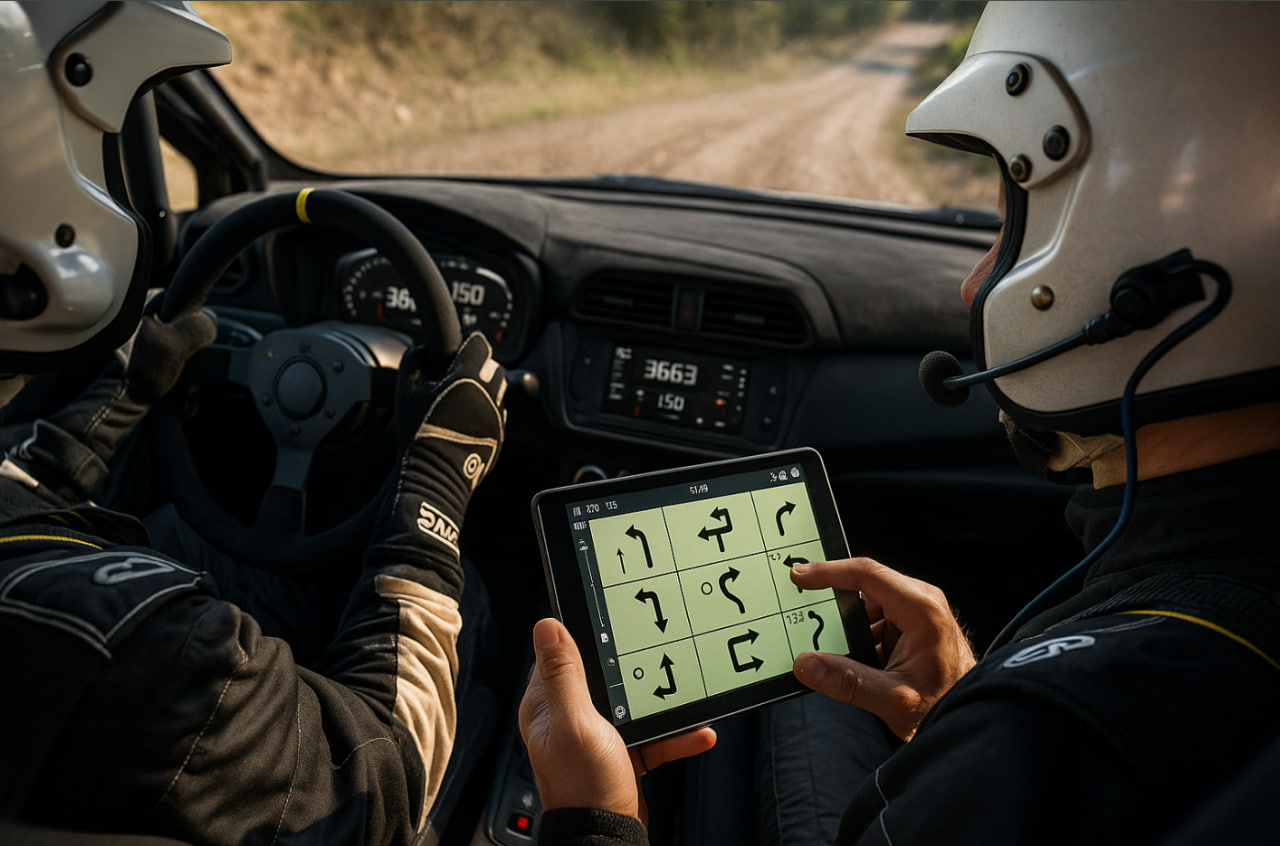Salah satu fitur paling unik dan strategis dalam balapan Formula E adalah Attack Mode. Tidak seperti DRS di Formula 1, Attack Mode bukan hanya soal kecepatan tambahan, tetapi juga soal strategi dan waktu yang tepat. Lalu, apa itu Attack Mode Formula E, bagaimana cara kerjanya, dan apa dampaknya terhadap jalannya balapan?
Artikel ini akan membahas detail fitur tersebut dalam bahasa yang mudah dipahami—baik untuk penggemar lama maupun penonton baru motorsport listrik.
Attack Mode: Sistem Boost Tenaga Tambahan
Attack Mode adalah fitur yang memberikan tambahan tenaga listrik sementara kepada mobil Formula E. Biasanya, mobil Formula E berjalan dengan tenaga sekitar 300 kW (setara 400 hp). Saat Attack Mode diaktifkan, tenaga akan naik menjadi 350 kW selama durasi tertentu (biasanya 4 menit per aktivasi).
Namun, untuk mengaktifkannya, pembalap harus keluar dari racing line ke zona tertentu di luar ideal lintasan. Zona ini ditentukan oleh FIA dan bervariasi di setiap sirkuit jalan raya Formula E.
Cara Kerja Attack Mode dan Aturannya
Berikut adalah mekanisme dasar Attack Mode:
- Zona Aktivasi: Pembalap harus melewati zona aktivasi Attack Mode yang berada di luar racing line. Biasanya di area tikungan.
- Jumlah Aktivasi: Dalam satu balapan, pembalap wajib mengaktifkan Attack Mode minimal dua kali.
- Durasi & Jumlah: Durasi dan jumlah aktivasi ditentukan Race Director sebelum balapan. Contoh: 2 kali, masing-masing 4 menit.
- Tidak Bisa Dipakai Bersamaan dengan FanBoost (fitur lain Formula E yang juga memberikan boost tambahan).
Attack Mode bukan hanya soal power, tetapi juga pengorbanan waktu. Keluar dari racing line bisa membuat pembalap kehilangan posisi—namun, dengan strategi tepat, hasilnya bisa sangat menguntungkan.
Strategi Balap: Risiko vs Imbalan
Strategi penggunaan Attack Mode menjadi elemen penting dalam perencanaan balapan Formula E. Tim dan pembalap harus menentukan kapan waktu terbaik untuk keluar jalur dan mengaktifkan mode ini.
Contoh strategi umum:
- Aktifkan Attack Mode saat lawan masuk pit
- Gunakan untuk menyalip di lintasan lurus
- Aktifkan saat di belakang train mobil agar bisa break away
Sering kali, pembalap yang cerdas mampu menggabungkan Attack Mode dengan momentum overtake atau untuk mempertahankan posisi saat ban mulai aus.
Baca juga: Kalender Balap Dunia 2025: Jadwal MotoGP & F1 Terlengkap Musim Ini
Dampak ke Balapan dan Penonton
Fitur ini membuat balapan Formula E menjadi lebih tidak bisa diprediksi. Attack Mode menciptakan lapisan strategi tambahan yang memaksa pembalap berpikir cepat. Hal ini juga menambah elemen hiburan bagi penonton karena menghadirkan potensi comeback, overtake dramatis, dan aksi wheel-to-wheel lebih sering.
Dalam banyak kasus, kemenangan di Formula E ditentukan oleh kapan dan bagaimana pembalap menggunakan Attack Mode, bukan hanya seberapa cepat mobilnya.
Kesimpulan: Attack Mode Bukan Gimmick, Tapi Penentu Balapan
Attack Mode Formula E adalah inovasi yang membedakan seri ini dari ajang balap lainnya. Dengan tenaga tambahan yang harus diraih lewat pengorbanan racing line, fitur ini memadukan teknologi, strategi, dan risiko dalam satu keputusan penting.
Jika kamu ingin memahami bagaimana Formula E bekerja di level tertinggi, Attack Mode adalah salah satu kunci utamanya.
Sumber terpercaya: FIAFormulaE.com, RaceFans.net







